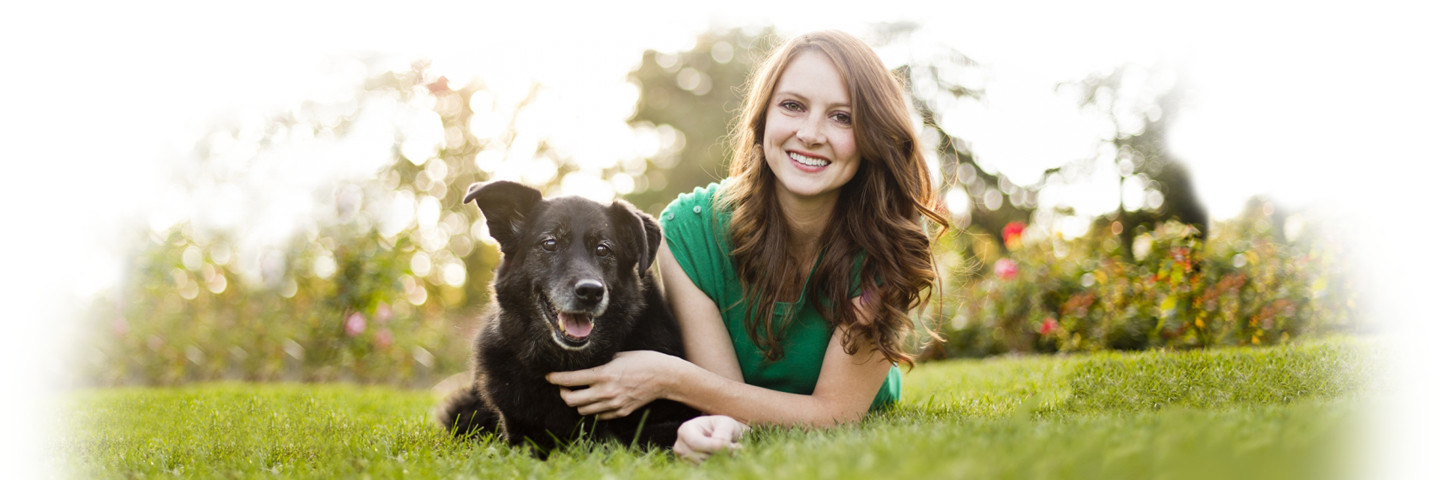Congratulations on your new puppy! You did your research on different breeds, decided between a reputable breeder and adoption, and found that perfect puppy to bring into your home. Now what? To help you prepare for the first few weeks with your new puppy, I have prepared some helpful tips to guide your transition into pet parenthood.
Puppy-Proofing
It is important that your bounding and energetic puppy has a safe and secure environment to play, eat, and sleep. The easiest way to do this is to inspect your home from your puppy’s perspective. Get around on all fours and see if your puppy could be hurt by a sharp edge as well as chew, lick, or eat something they shouldn’t — furniture, electrical cords, shoes, remotes, medicine — if a puppy can put their mouth on it, they will. Be sure to secure any furniture that could topple over such as bookcases or TVs and put away any trash cans that a curious puppy could get into. Remove any houseplants that are poisonous or toxic to dogs when ingested such as philodendron, corn plant, aloe, and lilies. Put away any electronic device that runs on batteries such as remotes that your puppy might attempt to eat as batteries are extremely poisonous if swallowed. Lastly, make good use of baby gates to ensure your puppy doesn’t go somewhere off-limits or accidentally fall down the stairs while they are still learning.
First Night
A puppy’s first night in your home can be a bit challenging if not prepared. Remember, from your puppy’s point of view he or she has been removed from the comfort of his or her mother and siblings. Whining, howling, and squealing are all normal puppy behaviors as they signaled to the mother not to forget about them when the mother would leave for long periods. This behavior continues that very first night, except now cries for help are aimed at you. To ensure your puppy’s anxiety is reduced and remains safe through the night, I advise using an appropriately sized (not too big they can potty in one corner and lie in another) and comfortable crate as your puppy’s sleep den. You can either put the crate in your bedroom or by the bedroom doorway so your new puppy knows you’re not too far away. He or she will still cry initially but just ignore them (I know it’s hard) until they settle down and over time, your puppy will sleep more soundly.
Quality Puppy Food
While there are a lot of foods to choose from, it is vital you select a quality puppy food targeting growth suited to the type of dog, according to the size of the breed and age, sensitivities or the particular features of the breed. Your veterinarian is your best guide for selecting food and feeding guidelines for your hungry puppy.
Grooming
When washing your puppy, make sure you use a tearless rated shampoo, just like you would with a baby. Also, do not use a human shampoo as pet shampoos are formulated specifically for their skin and coats. While it may be tempting to cut or shave your puppy’s hair, it is recommended not to until their adult coat begins to come in. Cutting a puppy’s hair too early can forever damage the hair and it may not grow as expected, especially in certain breeds. Our groomers are always available to speak with you if you have any questions.


These are an informative and interesting post. Thanks for sharing.